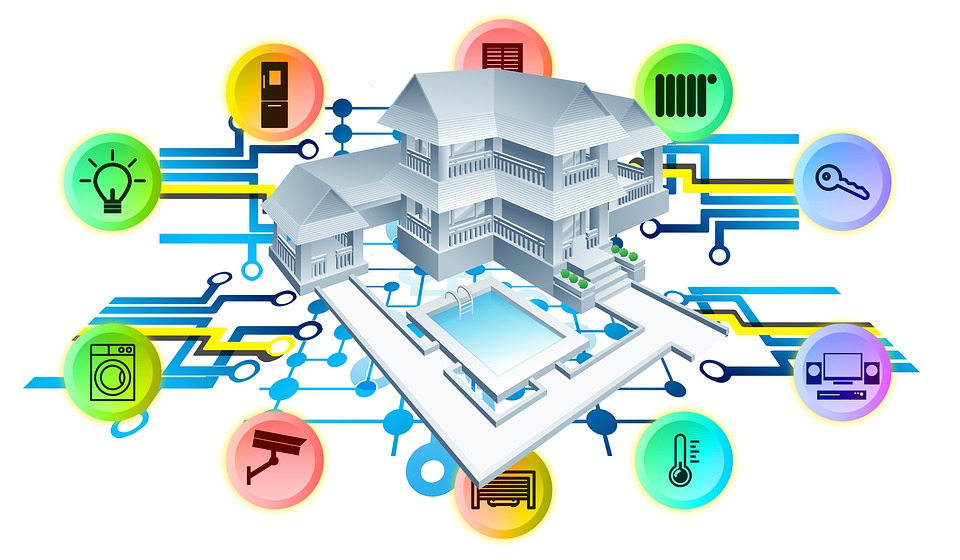Connected “Things” powered by the Internet are fusing with our daily personal and work lives. Recent industry trends report smart home tech is transitioning from early adopters into the mainstream consumer market.
Consumers in the United States enjoy our technology, with 22 percent of “Internet households” now owning at least one smart home device in Q4 2018, a five percent year-over-year increase, according to The NPD Group. Piggybacking on the rising demand for smart home devices and in-home automation, the Internet of Things (IoT) has been greatly supported by enthusiastic tech companies with deep pockets.
Some of the services being changed:
- Home security
- Doors and gates
- Lights
- Home appliance
- Windows / curtains
Interestingly, retailers have an entirely new sales tool for customers, as shoppers can purchase their smart home devices strictly from cable and telecom providers, online retailers, and home improvement stores. As noted:
“As consumers become more familiar with smart home products we are seeing that they are more open to purchasing through a wider variety of channels. This demonstrates the importance of having strong retail distribution across a wider number of retailer categories for smart home OEMs.”
Weston Henderek, director industry analyst for NPD Connected Intelligence
What to Expect in the Future? How about rapid product evolution will continue, and the addition of new sensors, smart apps, products, wearables, robotics, and other emerging technologies converge to further prop up the smart home market.
In my opinion, I hold more interest in effective voice activation and easy connectivity to third-party apps and streaming services.



